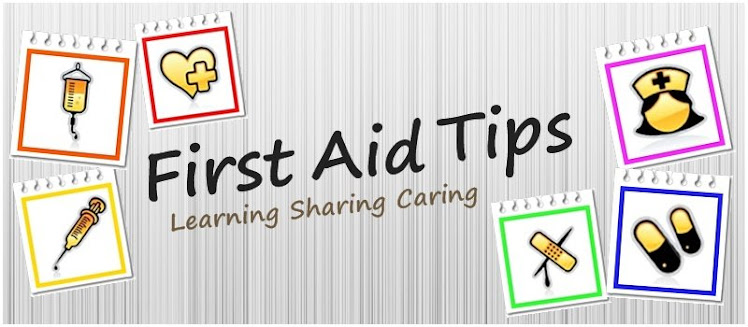Stroke is the primary cerebrovascular disorder in the world is the third leading cause of death in the United States. It refers to a functional abnormality of the central nervous system caused by a disrupted oxygen supply. Stroke can be divided into two major categories: ischemic and hemorrhagic.
To give a short background, Ischemic Stroke happens when there is an occlusion to any brain vessels that leads to depleted oxygen supply, hence, brain nerves dies. Hemorrhagic stroke in the other hand is a rupture of a brain nerve that leads to extravasation of blood into the brain. Although the two types have some differences in terms of its etiology, pathophysiology and medical or surgical management, the have almost the same clinical manifestation and nursing management.
One of the most debilitating complications of stroke is motor dysfunction manifested by weakness and paralysis of the face, arm, and leg on one or both side occurs. This makes the patient to be bed ridden. It is then the responsibility of the health care giver to improve the patient’s mobility and to prevent joint deformities.
NURSINGINTERVENTION
IMPROVIG MOBILITY AND PREVENTING JOINT DEFORMITIES
To deal with this, here is the list of interventions the caregiver might consider.
1. CORRECT POSITIONING. Correct positioning is important to prevent contractures. During each patient contact, position of the patient should always be evaluated. The most common positions that patients assume in bed are supine side-lying, and prone. The healthcare giver helps the patient assumes this position by using pillows and sometimes splints to prevent joint deformities.
2. PREVENT EXTERNAL ROTATION OF THE HIP. The patient who is confined to bed for longer period may develop external rotation deformity of the hip due to the tendency of the hip to rotate outward when the patient in supine position. Nurse or the caregiver must use trochanter roll to prevent this deformity. With correct placement, it serves as a mechanical wedge.
3. PREVENTING FOOTDROP. Footdrop is a deformity in which the ankle bends in the direction of the sole of the foot. Because of this, the patient will not be able to hold the foot in a normal position and will be able to walk only on his or her toes. To prevent this deformity, the patient’s feet should be kept in right angles relative to the legs by using padded splints. Precaution should be observed for positioning devices may cause unwanted pressure areas. The patient is assisted to perform ankle exercises several times each hour.
MAINTAINING MUSCLE STRENGHT AND JOINT MOBILITY
Optimal function depends on the strength of the muscles and joint motion. Range of motion exercises and specific therapeutic exercises must be included.
1. PERFORMING RANGE OF MOTION EXERCISES. Range of motion exercises may be active, assisted or passive. Unless prescribed, exercises must be made at least three times a day. The joint to be exercised is supported and the bones above the joint are stabilized. A joint should not be moved beyond its free range of motion and is only moved to the point of resistance and stopped at the point of pain.
2. PASSIVE RANGE OF MOTION. To perform passive or assisted range of motion, the patient must be in a comfortable position with the arms at the sides and the knees extended.
POSITION CHANGES
The patient’s position should be changed every 2 hours.
Sunday, November 7, 2010
Thursday, November 4, 2010
I HEAT YOU
We all experience environmental emergencies. These refer to urgent medical situation due to environment factors such as extreme environment temperature, drowning, anaphylactic reactions due to insect and animal bites. Of all, the most common is the heat stroke.
HEAT STROKE.
Heat stroke is an acute medical emergency caused by failure of our body’s heat regulating mechanism of the body. It usually occurs when extreme heat waves accompanied wit high humidity occurs. People prone to this are the elderly, very young, those who have underlying medical conditions and those who are taking certain medications.
CLINICAL MANIFESTATIONS.
Suspect heat stroke when you are experiencing any of these: profound central nervous system dysfunction manifested by sudden impaired consciousness, confusion delirium, elevated body temperature (40⁰C or higher), hot, flushed and dry skin, absence of sweating, palpitations and difficulty of breathing. Go to the nearest hospital for prompt treatment or do any of the following home measures:
(40⁰C or higher), hot, flushed and dry skin, absence of sweating, palpitations and difficulty of breathing. Go to the nearest hospital for prompt treatment or do any of the following home measures:
HOME TREATMENT.
1. Remove all the patient’s clothing.
2. Cool sheets and towels are provided to the patient. Continues rubbing of sponge wit cool water is advised.
are provided to the patient. Continues rubbing of sponge wit cool water is advised.
3. Ice wrapped to a cloth must be applied directly to the neck, groin, chest, and axillae of the patient. Precaution must be observed specially for patients with impaired sensory functions.
4. Provide cooling blankets if available.
5. Immerse the patient in a cold water bath with extreme precaution.
If after all of the above strategies fails to decrease the patient’s temperature, rush the patient to the nearest hospital.
On the other hand, below is the list of the different ways to prevent Heatstroke.
1. Avoid exposure to immediate temperature and reduce activity in hot weather.
2. Increase your fluid intake.
3. Wear loose clothing.
4. Plan outdoor activities and avoid the hottest part of the day usually between 10:00 am to 2:00pm.
Subscribe to:
Posts (Atom)


